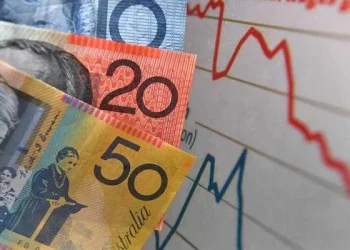The Indian Rupee (INR) edged lower on Tuesday, pressured by renewed strength in the U.S. Dollar (USD) following optimistic developments in U.S.-China trade negotiations. The firmer Greenback, coupled with rising geopolitical tensions between India and Pakistan, added to the downside pressure on the Indian currency.
Market sentiment favored the dollar after the U.S. and China reached a preliminary trade agreement over the weekend. The accord, effective for 90 days, includes steep tariff reductions: the U.S. will scale back duties on Chinese imports from 145% to 30%, while China will lower tariffs on American goods from 125% to 10%. The deal buoyed global markets and reinforced support for the USD.
Meanwhile, escalating rhetoric between New Delhi and Islamabad weighed on the INR. On Monday, Indian Prime Minister Narendra Modi delivered a stern warning, stating that India “will not tolerate any nuclear blackmail” and emphasized that military operations against Pakistan have only been temporarily paused. Despite Modi’s warning, the ceasefire held overnight in Jammu and Kashmir and neighboring border regions.
Despite the geopolitical headwinds, the Rupee found some support from renewed foreign portfolio investor (FPI) interest in Indian equities. Continued capital inflows could help cushion the currency ahead of key economic data.
Investors now turn their attention to India’s Consumer Price Index (CPI) for April, due later in the day, for further direction. In the U.S., CPI figures are also on deck, with analysts expecting a 2.4% year-over-year rise in headline inflation and a 2.8% increase in core CPI.
USD/INR Technical Outlook Remains Bearish Below 100-Day EMA
From a technical perspective, USD/INR maintains a bearish tone as the pair continues to trade below its 100-day Exponential Moving Average (EMA) on the daily chart. The 14-day Relative Strength Index (RSI) hovers around 44.15, staying beneath the neutral 50 mark, suggesting a bias toward further downside.
Initial support is seen at 84.53, the May 8 low, followed by 84.12 from May 5 and 83.76, the low from May 2. On the upside, the 85.00 psychological level serves as immediate resistance. A sustained move above this barrier could trigger further gains toward 85.60—the 100-day EMA—potentially extending to 86.00, aligning with the upper boundary of the prevailing trend channel.
Related Topics:





















